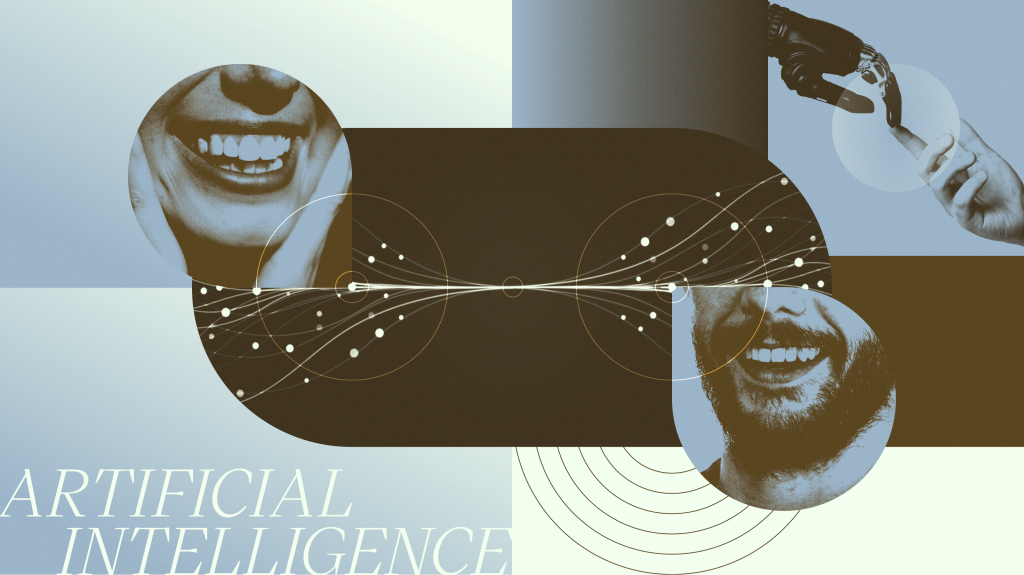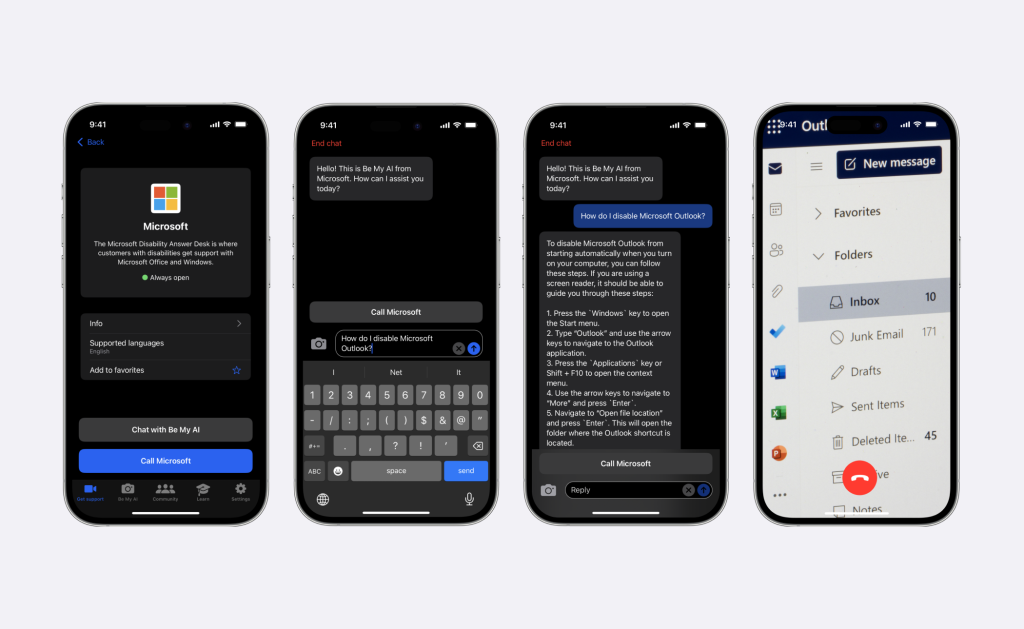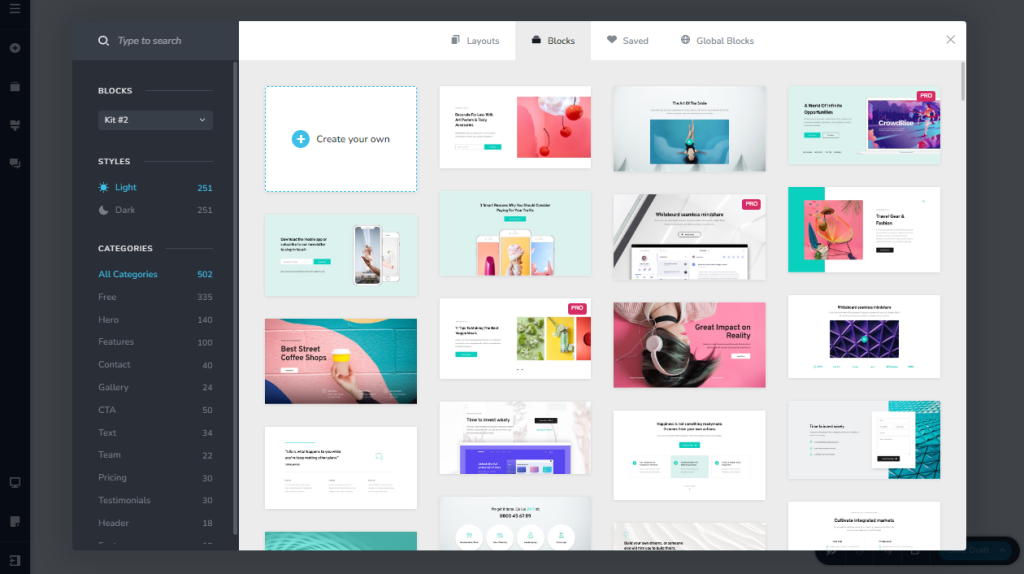Let’s be honest. The daily grind of a customer support agent can be… well, a grind. It’s a constant barrage of problems, often from people who are already frustrated. The work is emotionally draining, repetitive at times, and frankly, it can be tough to see the forest for the trees. How do you keep a team motivated when their primary job is to wade into other people’s chaos?
Here’s the deal: the answer isn’t just a better paycheck or a pizza party. It’s about tapping into something deeper, something more fundamentally human. It’s about play. That’s where gamification comes in—and no, it’s not just slapping a leaderboard on the wall and calling it a day. When done right, it transforms the support floor from a transactional space into an engaging, dynamic environment where people feel seen, challenged, and rewarded.
Why Gamification Actually Works (It’s Not Child’s Play)
At its core, gamification is about applying game-like elements to non-game contexts. Think points, badges, levels, and challenges. But why does it work so well? It’s simple, really. It speaks to our innate desires for achievement, recognition, and a little friendly competition. It breaks down massive, overwhelming goals—like “improve customer satisfaction”—into small, manageable, and honestly, fun, milestones.
For a support agent, closing 50 tickets can feel like a blur. But earning the “Speed Demon” badge for resolving 10 tickets under 5 minutes each? That’s a tangible accomplishment. It’s a story they can tell. It provides that little hit of dopamine that makes the work feel less like a chore and more like a quest.
Core Gamification Techniques to Level Up Your Team
Okay, so you’re sold on the idea. But where do you start? Let’s dive into some of the most effective techniques you can implement, like, tomorrow.
Points, Badges, and Leaderboards (The Classic Trio)
This is the foundation, but it needs to be handled with care. The goal is motivation, not humiliation.
- Points Systems: Award points for specific actions. Not just closing tickets, but for things like positive customer feedback, first-contact resolution, or sharing a helpful tip in the team’s knowledge base. This encourages the behaviors you want to see.
- Digital Badges: These are visual trophies. “Customer Compassion Champion,” “Knowledge Base Guru,” “Weekend Warrior.” They tap into our collector’s instinct and provide social proof of specific skills.
- Leaderboards: A little competition can be a powerful engine. But be smart. Rotate leaderboards frequently—daily, weekly, by skill type. This prevents the same top performers from dominating and gives others a chance to shine. Maybe you have a “Most Improved” leaderboard, too.
Progress Bars and The Power of “Almost There”
Humans are wired to finish what they start. A progress bar, whether for an individual’s weekly goal or a team-wide challenge, is incredibly motivating. Seeing that bar at 80% compels us to push for that final 20%. It’s the same psychology that keeps us binge-watching a series—”just one more episode.” Use this to your advantage for monthly targets or skill-development paths.
Meaningful Missions and Quests
Don’t just track metrics; create narratives. Instead of “reduce handle time by 5%,” frame it as “The Efficiency Quest: Defeat the Dragon of Long Wait Times.” A mission could be a week-long challenge to collectively solve a specific, tricky type of problem. This builds camaraderie and makes the work feel purposeful, like the team is on a shared adventure rather than just processing tickets.
Designing a System That Doesn’t Backfire
Gamification is a tool, and like any powerful tool, it can be misused. A poorly designed system can encourage toxic competition, corner-cutting, or even gaming the system itself. You know, where agents focus on the points instead of the customer.
To avoid this, your strategy must be built on a few key principles.
Focus on Behaviors, Not Just Numbers
This is the golden rule. If you only reward “most tickets closed,” you’ll get agents rushing through calls and leaving customers dissatisfied. Instead, balance your metrics. Reward quality (high customer satisfaction scores), efficiency (reasonable handle time), and knowledge (creating helpful internal resources). This holistic approach promotes excellence, not just speed.
Make Recognition a Core Feature
The points and badges are fun, but the real prize is often the recognition. Publicly celebrate wins—big and small. A shout-out in a team meeting for someone who earned a difficult badge. A “Wall of Fame” in your Slack or Teams channel. This social validation is a massive motivator and costs nothing but a moment of attention.
Keep It Fresh and Rotate Challenges
Gamification fatigue is real. If the same leaderboard has been up for six months, it becomes part of the furniture. Keep the energy high by introducing limited-time events, seasonal challenges, or new badges tied to updated product features. The surprise and novelty keep the team engaged and looking forward to what’s next.
Real Rewards: Connecting Game Points to Real World Value
While intrinsic motivation is key, let’s not pretend tangible rewards don’t matter. The points your agents earn should be a currency for something they actually want.
| Reward Tier | Examples |
| Small & Frequent | Company swag, premium coffee, gift cards for coffee, getting to leave 30 minutes early. |
| Medium & Milestone | Lunch with the CEO, a paid-for team lunch, a higher-value gift card, noise-cancelling headphones. |
| Grand Prizes | Extra vacation day, conference tickets, a significant tech gadget (tablet, smartwatch), a team outing. |
The key is choice. A reward catalog where agents can redeem their points allows them to work towards something they personally value, which makes the effort feel much more worthwhile.
The Final Boss: Sustaining Engagement Long-Term
Implementing gamification isn’t a “set it and forget it” project. It’s a living system. You have to be willing to listen to your team, see what’s working and what’s not, and adapt. Maybe the “Phone Phantasm” badge for call volume is causing stress—so you swap it for a “Calm Communicator” badge based on customer feedback.
The ultimate goal is to create a support culture that people don’t want to leave. A place where hard work is visibly appreciated, where growth is tracked and celebrated, and where helping a customer feels like winning. It’s about turning the daily slog into a series of small, satisfying victories. And honestly, who wouldn’t want to log in for that?




